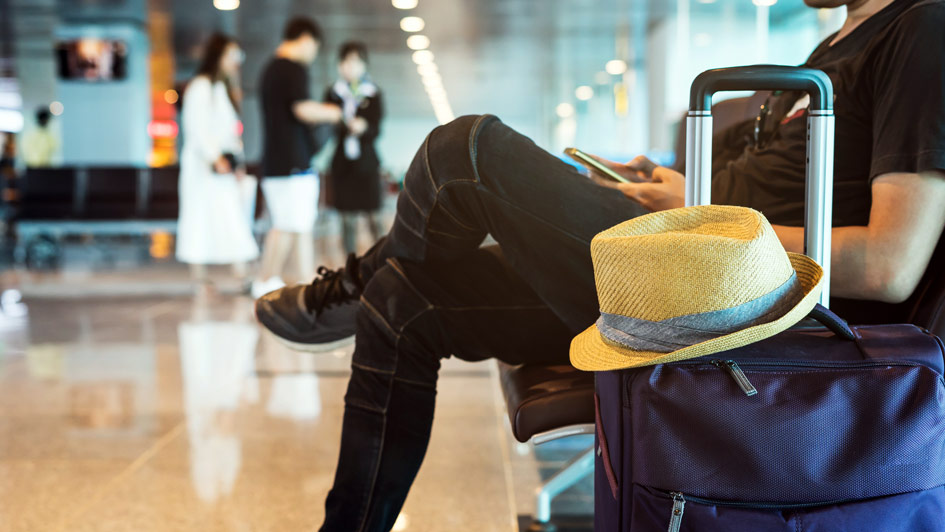
Between a relaxing vacation or an extended trip for work, traveling means making preparations for your home comfort system. You won’t be using it as long as you’re away, so you can adjust the temperature as appropriate to limit your energy use. Simultaneously, you shouldn't just turn it off for the entire time you're gone.
In general, it’s best to leave your HVAC system running and adjust the temperature depending on the season. That way you can minimize energy costs without having to worry about returning to an uncomfortable home. We’ll explain why you should leave your HVAC system on as well as the best thermostat settings for summer and winter.
This Is Why You Avoid Leaving Your Thermostat on Hold
While you might be inclined to shut your HVAC system down before a trip, this could end up leading to annoying problems by the time you return. This is especially true in case the weather will be severely hot or cold while you’re away from home.
For example, turning the HVAC system off during the summer could cause very high humidity. Not only will your home feel muggy and uncomfortable when you have returned, but it may have also encouraged mold/mildew growth or pest infestations.
And during the winter, letting your house get cold can lead to pipes freezing or even bursting. It’s never fun to return home from a nice trip only to find considerable water damage close to a broken pipe.
Energy-Efficient Thermostat Settings While at Work
You can make temperature adjustments even if you’re coming and going to work. Considering you’re away for about 8 hours or longer, it doesn’t seem sensible to keep an empty home at the same temperature you’d usually have. In general, it’s encouraged to adjust the thermostat by 5 degrees or so. This means that if you prefer a comfortable 72 degrees, consider increasing it to 76-77 while you’re gone.
But you can save even more if you're open to further adjusting the temperature. As reported by the Department of Energy, you may save around 10% on your HVAC costs by increasing the adjustment to 7-10 degrees.
Ideal Thermostat Settings While on Vacation in Summer
If you're on a longer trip in the middle of summer, you can make larger adjustments. This helps you avoid using too much energy while still protecting your home from the issues that come with leaving it without air conditioning. About 5 degrees is appropriate for shorter trips while closer to 10 degrees is ideal if you’ll be gone for 2 weeks or more. If you like keeping the house at 72 in the summer, 78-82 can offer great results.
Ideal Thermostat Settings While on Vacation in Winter
To determine the most energy-efficient thermostat setting for a winter vacation, just lower the temperature by the same amount you would increase it in summer. 68 is a frequent winter thermostat setting, so turning it down to 63-58 will prevent ice from forming on pipes while restricting how frequently your furnace operates.
Smart Thermostats Are Even Better: Benefits of Smart Thermostat Installation
An ideal strategy to regulate your home’s HVAC system while out of the house is with a smart thermostat. This innovative type of programmable thermostat employs intelligent software to track your usual comfort habits. It applies these preferences and makes automatic changes to the schedule for better energy efficiency. And with Wi-Fi integration, you can remotely access your heating and cooling from a smart device like a phone or tablet.
Smart thermostats are stuffed with features to help you save on your energy bill. For example, specific models can track electricity prices to bolster heating or cooling when prices are lowest. They can be used with high-efficiency, variable-speed equipment to optimize how long your HVAC system has to run. It’s the optimal tool to enhance how you control your comfort system. If you’re considering investing in a smart thermostat, there are different ways you can lower your costs, in essence getting a smart thermostat for free. The next time you are away from home, you can receive true peace of mind that your HVAC system won’t stir up any trouble while you’re away from home.
